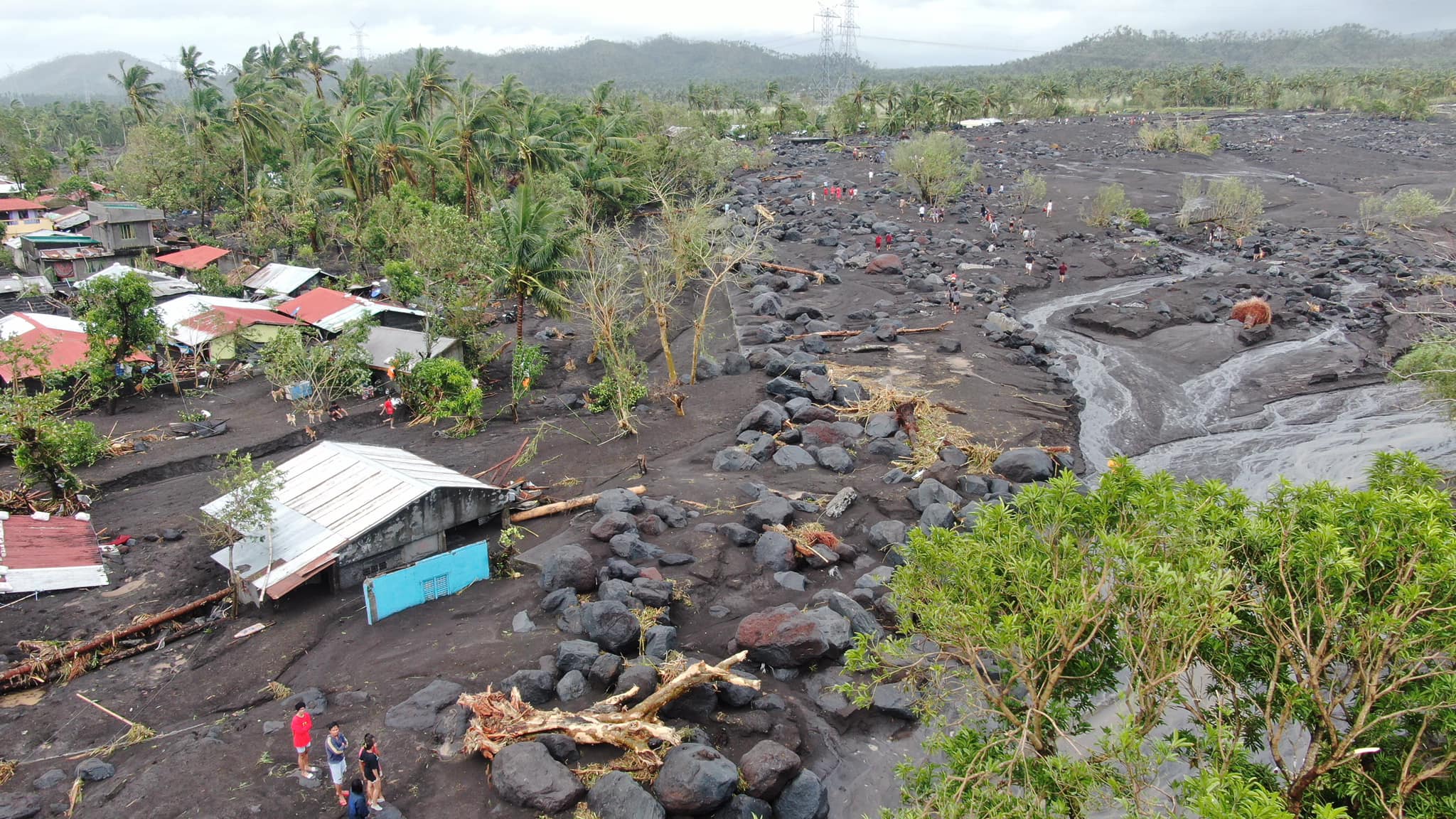News
EU provides P73-M aid for ‘Rolly’ victims

“The EU stands in solidarity with those affected in the Philippines,” the EU executive added. (File Photo: Congressman Fernando “Didi” Tibor Cabredo/Facebook)
MANILA – The European Union (EU) announced 1.3 million euro or around PHP73 million in rapid humanitarian aid funding to assist families affected by Super Typhoon Rolly (international name: Goni) which hit and devastated the Bicol Region last Sunday, killing 20 people and wounding several others.
“This contribution will support the Filipino people via our humanitarian partners on the ground who are providing critical support to those hit hardest by Typhoon Goni. It will not only cover the immediate needs of the most affected populations but will also help the Filipino people restore their homes and livelihoods so they can get back on their feet as soon as possible,” said Janez Lenarčič, EU Commissioner for Crisis Management.
“The EU stands in solidarity with those affected in the Philippines,” the EU executive added.
The funding will support humanitarian aid partners who are already on the ground to respond to the pressing needs of the affected population.
The assistance, which is part of the bloc’s Acute Large Emergency Response Tool (ALERT), includes shelter, food and livelihood aid.
Considered the world’s strongest storm this year, “Rolly” made landfall in the early morning of Nov.
1 in the island province of Catanduanes, with maximum sustained winds of 225 kilometers per hour near the center.
With most parts of heavily hit areas remaining inaccessible and assessments underway, the true scale of the damage is currently unclear. Widespread power outages and disruptions to telecommunications networks have been reported.
The EU Delegation in Manila said a humanitarian aid expert has been deployed to the affected areas to further assess the situation and needs.
EU’s ALERT is used to respond to large natural disasters where over 100,000 people or over 50 percent of the population are affected. Depending on the type of disaster and is aimed to allocate funds within 24 to 48 hours of the onset of the emergency.
“Rolly” has so far affected about 1 million people across seven regions in the Philippines, including Metro Manila. Of this number, some 228,559 individuals are inside and outside evacuation centers, according to the latest data from the National Disaster Risk Reduction and Management Council.





















